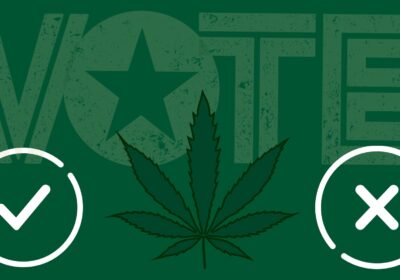EDITORIAL: Obama’s Student Aid Bill of Rights is progress in fight against loan crisis

As many frugal college students know, earning a college degree to improve their prospects and become more attractive to the workforce comes with a heavy price tag.
The U.S. student loan crisis peaked at $1.2 trillion in 2013, according to the Consumer Financial Protection Bureau.
To again address a problem that burdens college students on such a widespread basis, President Barack Obama unveiled his plan for a “Student Aid Bill of Rights” on Tuesday. It is a series of efforts to protect student loan borrowers and reform student loan repayment, particularly by allowing borrowers to have extra payments for loans with higher interest rates to reduce the amount paid over time, according to U.S. News and World Report.
This isn’t the first time the president has tried to fight the cost of college through loan repayment. As reported by The Oracle last year, Obama allowed about 5 million borrowers to use the Pay As You Earn repayment plan, which limits payments for federal loans to 10 percent of the borrower’s income.
According to U.S. News, probably one of the most practical yet idealistic tenets of Obama’s plan, which will take effect through multiple executive actions is that all students deserve a “quality, affordable education.”
After all, making the investment and commitment to attend college is one that continues to follow borrowers well after graduation. Because of this, it is a financial life choice as much as it is a life choice to attend college in the first place.
Along with the obvious problem of student loans helping to turn out fresh college grads with a degree and significant debt to their names, the advice surrounding student loan repayment makes some major tracks and career decisions counterintuitive, which is why student loan reform should be a priority in the U.S.
For example, another U.S. News article suggested that $27,183, the average undergraduate student loan debt in 2012, isn’t so scary if students don’t borrow more than their starting salary. In 2013, the average debt of a four-year USF graduate was $22, 557.
However, this rule favors students anticipating high-earning starting careers, which can obviously vary depending on the student’s major, especially if that major leads to a particular job, such as nursing or accounting. This is where repayment plans relative to loans’ differing interest rates comes into play, since there are already so many variables behind debt accumulation.
The fact that this is one of the methods students can use to get a handle on their debt shows just how necessary the model for affordable education for anyone really is.
Obama’s plan will also implement a complaint system for borrowers to express grievances to federal loan servicers, collection agencies and even universities, according to U.S. News. As reported by the New York Times, federal agencies would have to improve their consumer protections and the disclosure of information, a rule that would hold these agencies accountable and ensure borrowers receive correct information.
Student loan debt is intimidating, and solutions seem all too abstract to many borrowers, especially when it remains a growing problem despite being in the U.S.’s dialogue for so long. However, student debt remaining in national conversation, along with reforms that are at least being tried, are steps in the right direction.






